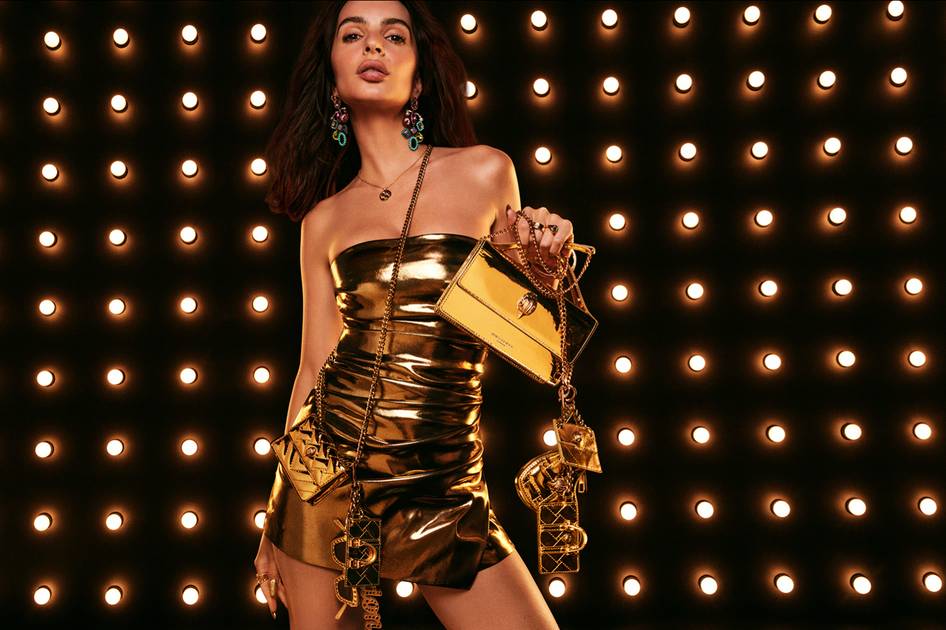Wednesday’s fundraising visit to Denver by President Joe Biden, followed by the next night’s Global Conference for Israel, brought hundreds of protestors to downtown to decry the bombing of Palestinian civilians by Israel.
Outside the Colorado Convention Center on Thursday night, and unable to get into the structure, protestors threw projectiles at police and the building, breaking a window and covering the legs of its iconic “big blue bear” sculpture (officially called “I See What You Mean,” by late Colorado artist Lawrence Argent) with spray paint, crayons, lipstick and other graffiti-media.
“We don’t have a CSI crime lab in the back, but if there’s a substance on it that we can’t get off with the chemicals on hand, we call the city or the artist’s (estate) to come clean it up,” said Rich Carollo, director of sales and services at Colorado Convention Center. “Fortunately we did, and we had it cleaned up by 7 a.m. the next morning.”
Protestors left handprints in paint on the sculpture’s legs, although its 40-foot height and sturdy footing kept it from getting much worse than that, according to pictures and video of the protests. Installed in 2005, the sculpture is an icon of Denver that’s used in official city marketing materials.
There were 15 arrests tied to the protests and vandalism outside the convention center, Denver Police have said. Those arrested were later released.
Cleaning the grand sculpture is a straightforward but not always easy task, Carollo said. When the sidewalk outside the convention center’s front entrance, along 14th Street, between Stout and Welton streets, was tagged with protestor’s messages earlier in the week, officials thought they could use an on-hand power washer to remove them. Instead they needed to call in “something a little more heavy duty” — in this case bigger and more powerful industrial washer.
This isn’t the first time the bear has been vandalized. Ten years ago, someone splashed green pain all over the bear’s back — something that cost $11,000 to remove.
Meanwhile, convention center workers are working to fix a broken window along Stout Street (“although nobody really sees that,” Carollo said) and remove scratches on the exterior made by various instruments protestors used last week.
Officials have not yet estimated the cost of the cleanup, Carollo said, but there’s built-in room in the annual budget for them. Owned by the city, and managed by Denver Arts & Venues, the convention center has never seen such intense vandalism, Corolla said — not even during the 2008 Democratic National Convention, when international activists visited Denver to march through downtown and protest at specific sites.
“Our windows have built-in protections,” Carollo said of the anti-shatter lining and thickness, “and that makes it a little easier for us (to fix). But you can’t just go to Home Depot and buy one, so it’s going to be $3,000 to $4,000 to replace that one window.”
Carollo said he hesitates to call the protests violent, but did observe them from the other side of the glass after being ushered into the building under tight security. He said he saw cans, water bottles, a wooden flag pole, and even a wooden spoon being banged on the outside of the structure. The next night, Denver police extended the fencing around the front of the building to push protestors further away from the exterior.
“It was a frustrating night for us because we didn’t expect so many people slamming against the windows,” he said. “The (sculpture) is a very unique thing and it’s a bummer when people want to deface it for whatever reason.”
Denver also saw a handful of its public art monuments, mostly in Civic Center park and at the State Capitol, defaced or toppled during George Floyd protests in June 2020. Some of those are still being replaced or kept in storage for fear of more vandalism, Arts & Venues officials have told The Denver Post.
Subscribe to our weekly newsletter, In The Know, to get entertainment news sent straight to your inbox.







